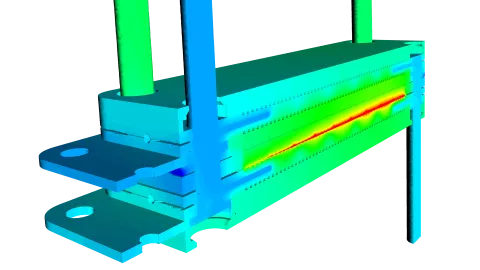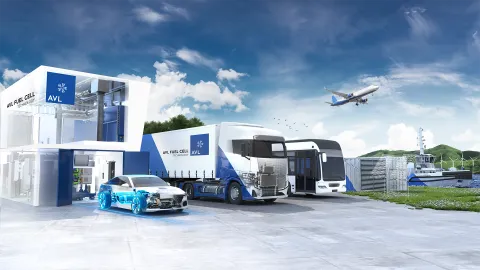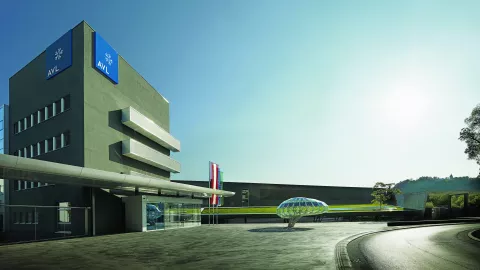There are two major issues primarily driving fuel cell development - efficiency and cell aging.
Optimizing Efficiency Fundamentally, fuel cell systems are characterized by achieving extraordinary efficiencies. However, in order to actually produce the maximum amount of electrical energy with fuel cells, several factors are crucial: The optimal use of the cell cross-section as well as the optimal supply of each cell in the stack with the respective chemical energy.
Extending Lifetime Particularly challenging is the lifetime of fuel cells

Chemical and mechanical degradation can affect the catalyst, but also the membrane, leading from a decrease in performance to complete failure of the cell. Operating parameters such as start-stop cycles, voltages, membrane humidity, temperature, etc. are crucial for this. In particular, starting at temperatures below freezing is considered especially critical. Ice formation in the electrode membrane assembly (EMA) not only blocks the reactive domains, it also causes lasting damage to the membrane.
The study of these operating parameters can be investigated virtually with accurate models of the fuel cells. Virtual Twins map all processes in the cells in detail on the basis of electrochemistry.




